|
You don’t want to run into or read about Richard Morgan. Not when you are just waking up after another online fitness session you dozed through. He can make you feel ashamedly unfit. At 93, screams The Washington Post heading, he’s as fit as a 40-year-old. Typical media exaggeration, so thought my jealous self. Until I came to the research part of it. Three researchers from Ireland assessed the “physiological, performance, nutritional intake, and training characteristics” of Richard Morgan, a “four-time master world champion indoor male rower”. The good part was “the onetime baker and battery maker with creaky knees" didn’t take up regular exercise until he was in his 70s” and still trains mostly in his backyard shed. Very like me! Just substitute the corner room with all the junk in my apartment for the backyard shed. I am sure the creaks must sound and feel the same. He was around once when his grandson was practicing rowing and the coach persuaded Richard to have a go at the rowing machine. He did. And just took off. Maybe next time one of the youngsters persuades me to accompany them to the gym, I should. You never know. (Ouch!) They called Richard over to the physiology lab at the University of Limerick in Ireland. While he rowed a simulated 2,000-meter race, the scientists monitored his heart, lungs and muscles. The 165-pound “powerhouse” had 80 percent muscle and barely 15 percent fat. His heart rate peaked pretty fast at 153 beats per minute, suggesting excellent cardiovascular health. Like me, Richard has no qualms about sharing the secrets of his good health.
Thanks to people like Richard, scientists now know that “the human body maintains the ability to adapt to exercise at any age”, and that exercise can help build and maintain a strong, capable body, regardless of age. You are amazing Richard Morgan! And you have inspired me. You started at 72, right? I have some calendars to flip through yet. As soon as I finish my next nap, I will read that study in full. Based on this report by The Washington Post.
Image: © www.row2k.com. Shows Richard Morgan at a 2018 event. Image published in The Washington Post.
0 Comments
Last Sunday, the day the world celebrated mothers, was no different for this mother. Her two sons, 33 and 31, are growing without hunger, pain, joy or sorrow, thanks to her. But do they even know her? Sometimes they do in the dining hall what they ought to do in the bathroom. Or do in the kitchen what they ought to do out in the yard. Radhamani would discover after cleaning up the mess that the younger was down after another epileptic fit. She would rush to find someone to mind the elder son and then rush to the hospital to fix the wound. She has just one persistent sorrow. That they don’t know her, her love. Every moment, she pines to hear them calling out to amma. There are times when she is cleaning the vessels or sweeping the yard, that she would hear that call. She would look up eagerly, only to realize nobody had called her. Writing erases pain Writing offers her relief. When she writes, her sorrows get erased. She has already published three books in Malayalam. She had a small government job. Father was a sweeper at a bank. Mother was a housewife. After finishing his work, in the afternoon, her father would go to pick jackfruit leaves which he would bundle up and take to the market to sell. Her most cherished moments were when she and her mother joined him to help pack up the leaves and carry those to the market. Radhamani had to displease her parents when she decided to marry her childhood friend, Raj. Both families objected. But the couple stuck to their decision. Radhamani and Raj had their first son nine years after marriage. They named him after the poet they both loved — Shelley. Two years later was born the second son — Sherry. The boys were a little late to start talking. When Shelley was three and half, their regular doctor felt something was wrong and recommended admission to a larger hospital. Both children were diagnosed to be autistic. The parents were advised to pray. “I realized the truth that they would need my help to go through life. Gradually I regained strength.” Radhamani had no option. By this time, her father was dead. Radhamani’s family returned to live with her mother. When both of them left for work, Radhamani’s mother would look after the boys. “The boys would be at a special school until the afternoon. Then mother would feed them and take care of them.” Waking up to cruel reality Radhamani’s world collapsed when her mother passed away. That’s when she came to know firsthand how tough it was to bring up the boys. When the boys were 8 and 6 respectively, a heart attack claimed Raj. That shock haunted Radhamani for a long time. Now, it has been 25 years since he moved on. She learnt that the boys had no clue about death when the family went through Raj’s cremation rituals. They were in no position to do whatever they were expected to do as sons. That whole night Radhamani spent crying. “I know when I die my sons will forget me within a week,” Radhamani states calmly. “Yet when I go out somewhere, they would be waiting at home. Waiting in the hope that I would get something to eat. That waiting is enough for me to live on. Else I would have taken my life long ago.” Finding refuge in words People tell her death lurks in her stories and poems. Radhamani knows. “It is my writing that keeps the thoughts of suicide away. That is why my writing smells of death.” “After I die, someone should adopt my children. I hope the government opens a facility to take care of such children in every district. That is my appeal, my prayer. Then I can die in peace.” This is based on a report dated May 14, 2023, in the Malayalam newspaper Mathrubhumi, written by Sajna Alungal. Illustration based on images accompanying the story.
What do you do when floods destroy your crops year after year? Well, in Baleshwar (or Balasore), they converted it to an opportunity and took to fish farming. Last time I shared my thotshots from Jodhpur, Rajasthan. Now, far from the sand and the camels, I was in Odisha to cover the fishery development project of Nalanda Foundation. At a place where people didn't just eat but practically lived fish, as a vegetarian, I was probably out of my depth. Yet, the locals were very happy to share their stories. So, here is the second edition of Thotshots (personal thoughts, random shots) from Baleshwar, Odisha. Nalanda Foundation used to spearhead the CSR activities of the IL&FS group of companies. I had the opportunity to see the idea of sustainable development in action during my brief association with Nalanda. My work involved occasional visits to project sites to get a first-hand feel for all my writing. Beyond the official, my notes and camera would also capture whatever caught my interest. I would share these “Thotshots” (personal thoughts and random shots) with the team after every trip. Here are some thotshots from my visit to Jodhpur in October 2017. 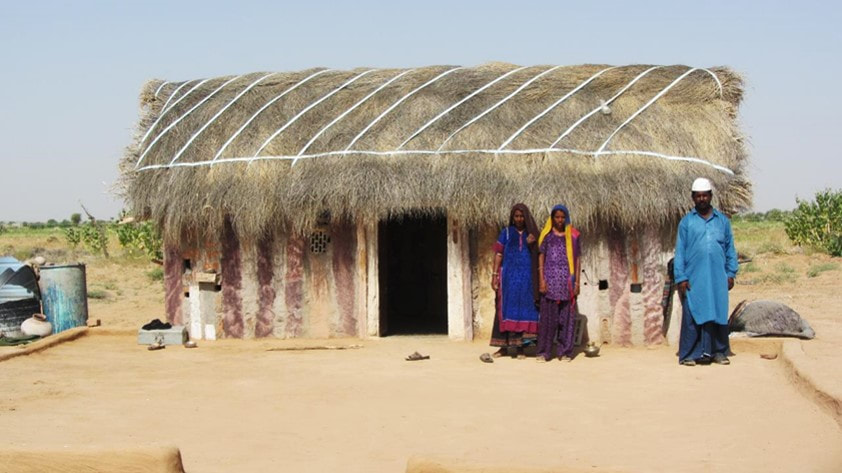 This was one of the few families who were resettled to accommodate the solar project. It was a task to get the wife to come out and be photographed. It was even tougher to get father, mother, and daughter to stand relatively close to one another. A wise soul whispered in my ear: “They consider it bad luck to be photographed.” Please take note, selfie-crazy world! 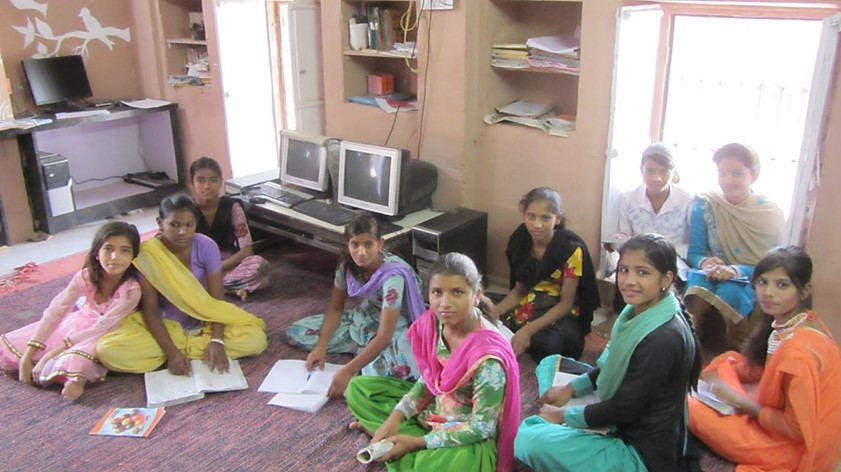 It is not unusual to find both mother and daughter(s) in the same class here. Most of them were married off when they were still children and became mothers before they could understand what marriage was all about. The project helped them resume education and regain confidence. Education apart, they were here for love and for togetherness without any discrimination. He was not the only one to crack this year's entrance examination to the National Institute of Design (NID), considered one of the toughest tests in the country. As a veteran designer put it, it requires formal training and extraordinary skills of observation and design thinking. However, teenager Prasad was likely the only one who passed it without any formal preparation, except for making things like a triangular stool and a tyre chair, living in a remote ranch and simply going with the flow. This story is about Prasad and Sapna Ranch, which attracts, as Hasmukh puts it, “creative problem solvers” of the world to live life their way and in harmony with nature. PRASAD I was born in Goregaon, a small town in Mangaon taluka, Raigad, Maharashtra. I spent the first seven years of my life here and then we shifted to Panvel, where my dad had many clients. After three years we moved back to Goregaon, where I live now with my mother. I have no sibling. My school life was an interesting mix of cultures, languages, and learning styles. Starting out in Goregaon, I changed schools frequently for different reasons. I have studied in a traditional Marathi medium school, a semi-English-medium school, and a convent school. Now, after completing my XII, I have secured admission to the National Institute of Design (NID). Once my mom and I went to a home-schooling conference at Sane Guruji National Memorial School. Hasmukh was there to talk to us about home schooling. He made a lot of references to Sapna Ranch and how learning happens there. That’s when I got interested. I spoke to Hasmukh and promised him I would surely visit the ranch once. HASMUKH During that session I met several parents and their children. Many of them showed interest, including Prasad. He was the only one who actually came from that group and that too after some time. Prasad came and stayed back, and I really did not have any expectations. PRASAD My expectation of the place was some people would be working and some children learning. But no, it was completely different. A kid was firing up a Himalayan rocket and someone was telling him how it was made and how it works. Some foreign volunteers were working on the geodome. We met them and we had sherbet with them, which Hasmukh was preparing when we reached there. I was surprised that the person I saw at the school conference was making sherbet for us. It was so amazing. So, we washed our glasses and put those away. We understood how the ranch works, the community there and the thought behind the whole thing. I came to know about the ranch in May 2018 and my first visit was in November 2018, when I was about 17. My first stay at the ranch was in May 2019. I was under some stress for some reason. My mom dropped me there. One of the regulars at the ranch came and asked me if I was staying there. Then she just sprayed me with water from a pipe and then everyone else also poured water all over me. I felt as if I had been living there for 10 years. Hasmukh came and hugged me and we started working on something immediately. Then he started showing me stuff and how things were working. There were about ten people already when I arrived at the ranch. Everyone was talking to me. It felt as if we had known each other for the last ten to twelve years. That night I was talking to them on a lot of subjects. The conversations were about me, how they were spending their time, and how I got to know about the ranch. I am a card magician, so I showed them some stuff. I also showed them some of my drawings. The most memorable interaction was with the animals. I have never seen so many animals in one place. Dogs and cats fight with each other but here there were three dogs and seven to eight cats, all living in peace with ten humans and that was amazing. HASMUKH People who come to Sapna Ranch come with zero expectations and I accept people with zero expectations. Prasad seemed interested. His conversations were interesting. He showed that he wanted to learn, and I gave him the space the same way I give for everybody. It was not that Prasad was an exception. Once he came here, he looked at things. He started observing and working on whatever projects we had going and then he asked me about most of the stuff at the ranch. PRASAD My house is only 45 minutes away from the ranch. So, my visits to the ranch are very frequent. I am lucky about that. I have been going to the ranch for the past two years as and when I get two or three days free. My stays have ranged from a day and a night to three months at a stretch—March to May 2020. I have seen the ranch in all seasons. My first interactions with Hasmukh were very interesting. At the conference, where I met Hasmukh I was just listening to him. Talking to him was a completely game-changing experience. He is into science. I am a science nerd and so we were always talking about science. I do not have many friends and I am not into many things young people are into, social media included. For me, the ranch is not a getaway but my home. Sometimes, when I am going home, I tell Hasmukh I am going for a vacation. I try to look for the ranch outside the ranch—similar values, similar people, and similar thoughts. I connect with them and study them so that I can be a better person and contribute to the world. The traits of a rancher have been inside me from my childhood. I started travelling at the age of thirteen or fourteen. I was doing a lot of trekking, mountaineering in the Himalayas also. I used to stay away for months and my mother was used to that. She was happy that I had found a place so heartily amazing. My teachers were amazed because I was one of the few students who, instead of being focused on marks was wondering where to use this theorem or apply that theory. My marks were average. One of my teachers visited the ranch and loved the place. The way people look at you changes completely when you start talking about the ranch. Previously they were looking at you as a disturbed person, living your life as the other 99%. When you tell them about the ranch, they start looking at you as a unique person. Actually, everyone is unique but very few realize that. There are many memorable things that I have done at the ranch. Like the forest fire we doused in March 2020. It was a great learning experience—how not to panic, stay calm and handle a disastrous situation. The other one was when I completed the triangular stool in May 2019. From the designing to standing on the stool to show how strong it was. That was completely unique because I had never made a product from start to end. I designed it, studied it, re-designed it, modelled it, and made it in just three hours. I also estimated its costing with help from Hasmukh. I will get into product designing in future. HASMUKH I told Prasad that the triangle is the strongest two-dimensional structure. After some time, Prasad mentioned to me that he wanted to make a stool whose top was triangular, the base was triangular, and it would have three legs. That was just the day before he left. He started on that stool and within a day he had completed it, more or less on his own. I shared some stabilisation ideas from my experience, and he implemented those. He completed it at eleven in the night or something and his dedication did impress me. And then the next day before he left, he stood on that stool. He told me how happy he was because until that time nobody had given him an opportunity to do what he wanted. Everybody just told him what he should do, nobody asked him what he himself wanted to do. So, creating that stool was a milestone for him. The stool is still in use at Sapna Ranch and it is as sturdy as it was on the day he made it. Prasad is willing to learn anything and everything. Here, he learnt electrical, plumbing, and cement work and he got good at it. We fixed the roof of the invertor room. We made a chair from used tyres. He had an idea to cut a tyre and making a backrest. I had never tried it. We gave it a shot and it worked out very well. What I also like about him is he is willing to work with small kids and big people. He has a very mature head on his shoulders. PRASAD When I first came to the ranch, I had thought I would get amazing plans. That I would have a list of stuff when I came back home, and I would be ready to face the world. But my most important lesson was finding the flow inside me and just going with it. Here you become more patient, learn to listen more. You develop a different level of understanding, of empathy. Another important lesson was learning and teaching. Even my teachers remarked that there was a difference in the way I was learning. When you understand how to learn, it is easy to teach. Earlier I used to boast about my knowledge and people would get bored of my explanation of things. Now they don’t. They appreciate my attitude. HASMUKH We discussed about his career, including options abroad. I was keen that he should have the entire world as his palette. If he were interested, I could have helped him get scholarships from some universities abroad. We even discussed about the option of taking a gap year which I thought would do him good. I did not restrict him to Sapna Ranch. If there was another place that interested him, I would help him go there. He was also looking at architecture. But the test schedule did not work out because of the Covid problem. There was also an opportunity in the US. I was there to put the options before him, and the choice was his. I knew that he was going to get into NID because he is pretty bright from that perspective. PRASAD I had no idea about my career even a month before NID. Architecture? Film making? Product design? I would speak to Hasmukh. I would talk to myself. I did not even know about NID two years ago. A friend told me about it, and I thought of giving it a shot. I had heard from a lot of people that NID worked on experiential learning, giving more importance to progress than marks. I thought that was like my experience at the ranch. Hasmukh also told me that at NID, you are completely immersed in the design environment. I did not do a thing for preparing for the entrance. There was no class, no books, and no consultation with any experts. My friend had got me some books, but I did not study those seriously. I was not even sure of passing the first level. When I did, people were happy for me, including some NID alumni. When I finally achieved the 187th all-India rank, people were quite happy because they thought it was not easy. I passed the test by implementing the methods of the ranch and what I have learnt from Hasmukh and others at the ranch. The pictures that I had drawn on the exam paper and the answers that I had written largely reflected me. During the interview, they told me they did not get to see many frank candidates. Many were rude, many boasted but they told me that I had a good attitude. I showed them a card trick just for some entertainment and they loved it. That changed the picture, we got talking and it was no longer an interview after that. That happened because at the ranch I have learnt how to talk to those I have just met as if they are old friends. I am not going to get a nine-to-five job and just do stuff that will help industrialisation and capitalisation and encourage the lifestyle that we are avoiding by living at the ranch. I would like to use my design abilities to create places like the ranch to enhance the experiences you get. I want to spread it more. I want to create more such places, more such communities. I want to get more people into that and for that. I will earn some money to survive and be happy. I want to give the world some good experiences, some remarkable things to enjoy. I am not going to visualize everything that I am going to do. I will just let the need be my guide to the future. HASMUKH
For Prasad and anyone else for that matter, Sapna Ranch is a place that gives them space and the freedom to try out their passion within the framework of our guidelines: respect yourself, respect others, forgive mistakes, go with the flow, and go at the pace you are comfortable with. Practise OLLA (observe, listen, learn, apply). What Sapna Ranch does is help people believe in themselves and manage their self-esteem. I have had people who were depressed. Some of them had tried to commit suicide but survived. They came to Sapna Ranch and spoke with me about their life and the environment that has been created here. One of them told me that Sapna Ranch gave her hope. This environment does make them believe that they can do something with their life. And that was the whole purpose of creating this space. Sapna Ranch does not manipulate or change the thinking of the individual. It encourages the thinking of the individual and supports them, which normally the society doesn’t do. Fortunately, Prasad’s parents have given him a good level of freedom in what he wants to do. I did not try to influence his decision to go for NID. But seeing his interest in the geodesic dome and all the structures here, I would say that design did attract him. Probably, to that extent, Sapna Ranch did have a role to play in fanning his interest in design. When I go to conferences, I do talk about Sapna Ranch and EBHLE and the environment that is created here. Effectively, what I share with people is that you should give kids the opportunity to explore their curiosity, not tie them down. You know the drawbacks of the conventional education system and what we are trying to do here is create an environment where they have the freedom to explore their own passions. People hear that, like that and then some of them come here. Like Prasad did. I have listed this project on two international websites: workaway.info and Helpx.net. People read it and some of them come. So far, I have had over 295 international volunteers from 39 countries. I don’t want to advertise. If I did that there would be a lot more people coming, and we don’t have the capacity to handle that. Only people who are truly interested are coming here. People like Prasad and others will help in solving world problems. For example, we have compost toilets. I had a couple from Australia who built the first compost toilet and they went back to Australia and built a compost toilet there. Another couple from Chile in South America built the second compost toilet and they went and built one in Chile. Compost toilet is one example of something that does help in solving the world’s problems—reducing waste and generating manure. Yes, people like Prasad will be creative problem solvers. This is part of the conversation in the Sapna Ranch WhatsApp Group between 9:16 p.m. and 10.14 p.m. on Tuesday, December 17, 2019. All names are real, used with permission (thanks!). Except for some trimming, the text has not been edited. [Reshma (Sri Lanka), 9:16 PM, 12/17/2019] Snake bite... What's the first aid pls help urgent...it's for me. I saw the snake brown [Shalini (Bengaluru)] Pls rush to a hospital .. there is no first aid .. let the doctor examine you .. [Reshma] Ok doing that on the way [Hasmukh (Sapna Ranch, Terdi Village, Sade, Maharashtra)] Are you able to judge of the snake is poisonous? Have you been able to catch the snake? Call Shalini right away. She is a member of this group and she lives in Bangalore. I'm assuming you are in Bangalore. [Shalini] Stay calm and get to the nearest possible hospital quickly .. get some one to go with you [Reshma] I am in Srilanka. ...brown thin snake Donno if it's poisonous... I know it's remote... Didn't know what to do.. hence msged [Hasmukh] Is its head bigger than its body? [Shalini] Anti venom is the only solution.. only doctors can administer it based on the symptoms your body shows .. [Nirav, (Mumbai)] Tie a tight tourniquet between the bite and heart avoid blood circulation [Reshma] Ok It bit me in my leg ankle [Shalini] Anti venom needs to be administered based on your description of the snake bite .. [Reshma] Putting a rubber band [Nirav] Don't panic is anyone near you [Reshma] Don't think so but not sure [Nirav] No a dupatta tightly [Shalini] Pls don't do that.. it can lead to non supply of blood causing gangrene and heavy tissue damage [Reshma] Yes the hostel ppl r taking me to the hospital [Shalini] Pls don't take any advice from non medical staff .. [Reshma] Ok [Shalini] I'm trained in snake bite and conflict management at Madras croc bank by snake experts .. pls just get to a hospital very quickly .. the earlier the better .. stay calm .. don't panic .. breathe normal .. hyper ventilation can lead to fast blood circulation and that would help the venom to spread faster in the body [Reshma] Ok trying my best [Hasmukh] Make sure the hospital you go to had Anti Snake Venom. ASV has a limited shelf life. Hence in India only government hospitals keep ASV. [Shalini] Each country has different species of snakes .. once you get to hospital describe the details - Area of bite - time of bite - signs and symptoms you are experiencing - don't consume anything .. no water or liquid or any other thing .. In most cases snake give dry bites causing irritation and pain .. this can be treated by professional medical practitioner and recovery is faster .. You will be kept under observation too for next 24-48 hours .. just follow medical advice.. doctors know best to treat this .. [Reshma] Ok [Nirav] Is the snake bite area turning dark or any swelling [Shalini] Dry bites are superficial bites.. nothing to worry much.. there may not be venom injected in these cases .. Reshma, pls let me know your location and hospital you are visiting .. if any help is needed i will connect you to the correct people who work with anti - venom production folks and researchers .. [Nirav] Just spoke to her should have reached or reaching in a minute or two [Reshma] Not dark but a lill swelling is there On the way...still some minutes I think Going to the dambulla hospital [Shalini] Great, just stay relaxed all the way .. you are doing great.. meet the doctor and explain your case .. keep us in the loop [Reshma] My charge in the battery running out too.. fyi Sure will do, thanks [Shalini] Nearest Location .. where in srilanka is this ? Any other contact number to reach you in the next hour or so ?? [Reshma] Dambulla is a bigger city [Hasmukh] Give us the contact numbers of the people with you - with area code [Nirav] Kandy it's a army base hospital so it seems she will get proper treatment [Reshma, 9:41 PM] In the hospital [Nirav] Spoke she is ok Treatment has started [Shalini] Ok .. thank you [Hasmukh] 👍🏼Thanks everyone for the prompt action and coordination. @Reshma you are in good safe hands now. Post progress on the group when you can. [Reshma, 8:06 AM, 12/18/2019] Hi All, I am doing better...there is inflammation of the foot...doctor confirmed that it's not a poisonous snake...checked if the blood is clotting or not..it is clotting hence it's good. [Reshma, 8:52 PM, 12/29/2019] First and foremost I would like to thank all of you for being such a lovely and responding community...I am overwhelmed with the love and affection I have been receiving...Thank you one and everyone. The Sapna Ranch group helped me so much in connecting and feeling like I was surrounded with so many loving people virtually, always humbled and feeling blessed. [Shalini, 9:09 PM, 12/29/2019] Reshma, glad you are fine and all things worked in your favour. Thank you for sharing the details. Hump-nosed viper (HNV) is one of the six major snake species in Sri Lanka that cause envenomation. In its natural habitat of the low land wet zone, it is the main snake species that is responsible for envenomating bites. Note : there is no other treatment for snake bites other than reaching a medical help asap for medical intervention by doctors. There are lots of hear - say methods but pls find a hospital, meet a doctor for treatment plans. Do not take shortcuts for snake bite ever.. Did the “cross-platform messaging and Voice over IP service” provide antivenom? Perhaps not! But, in this case, the technology (WhatsApp) helped fellow human beings reach out and virtually comfort another when the latter needed a hand to hold as desperately as medicine to heal.
As The Economist put it, "Any powerful technology can be used for good or ill .... Technology itself has no agency; it is the choices people make about it that shape the world." Technology or not, the snake is the same. Are we? It was to be another night of work, another set of passengers. But it turned out to be a long, unforgettable nightmare. Here is the story just as the cabbie told me. I drive this cab mostly at night.
That night I picked up this two women from a posh locality in Pune. They looked short on dress and high on alcohol. I would later learn that they were college students. One sat next to me in front while the other settled at the back. I wonder if it was the AC or the movement of the car that triggered it. Suddenly, the one in front threw up in the car. Almost at the same time, the other one also threw up. Then they were both out. The stink was very bad. And I didn’t want them lolling about. So, I stopped the car. Used the seat belt to ensure the front one was securely packed. Did the same to the one at the back. It must have been after midnight when we reached their destination, a hostel. The security guy took one look and refused to let the car enter. “Show their IDs.” “It is too late for inmates to be allowed back in.” I didn’t like the way things were shaping up. Fortunately, there was a police station nearby. I took the car there and explained the situation. In a jiffy, the cops turned the story around. Suddenly, I became the prime suspect. Where did I pick them up from? What did I do to them? After a lot of pleading, they let me go. The women are your responsibility. In case we hear of any rape, we know whom to book. So, I drove some distance away and stopped the car. There was half a bottle of vodka and pack of Marlboro lying next to one of the girls. I picked up both and locked up the car. Whenever they woke up and tried to open the door, I would know. I called up my service provider. Explained the situation. Two executives turned up—a woman and a man. When they looked inside, I could see the woman executive trying not to puke. They requested me to stay with the car and the women. They would ensure that I would not land in any trouble. Plus, they promised compensation. Then they left. I sat a little a distance away, by the road. Finished the vodka and the cigarettes. I thought I deserved that for all the trouble I was in. After some time, the car alarm went off. They were up. “Are we safe? Where are we?” They were not out of it yet but at least they were conscious. I explained the situation to them and assured them that they were safe. They were very apologetic. Then they asked me to take them to a resort a little distance away. It was almost morning when they got out of the resort. When they did, they were clutching two bottles of alcohol. Both were drinking all the way back to the hostel. They got out and again apologized profusely. I said I had suffered a huge loss thanks to them. One of them asked me “how much”. The fare itself was nearly 3,000. Plus, lost business while I was babysitting them. Plus, more potential lost business while the car remained at the garage getting a thorough cleaning. “Maybe about 9 or 10,000,” I suggested. She went to the ATM. Came back and gave me 14,000. I pleaded with them not to drink so much. They were lucky they were in Pune and not in Delhi. They promised they would take care. I never met them after that. |
AuthorVijayakumar Kotteri Categories
All
Archives
July 2024
|

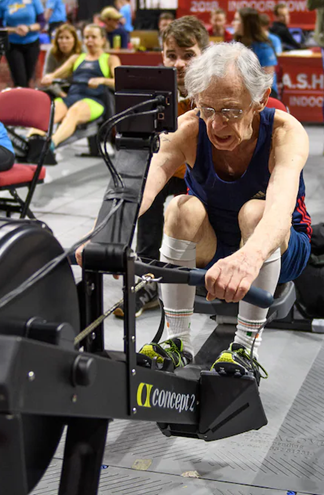
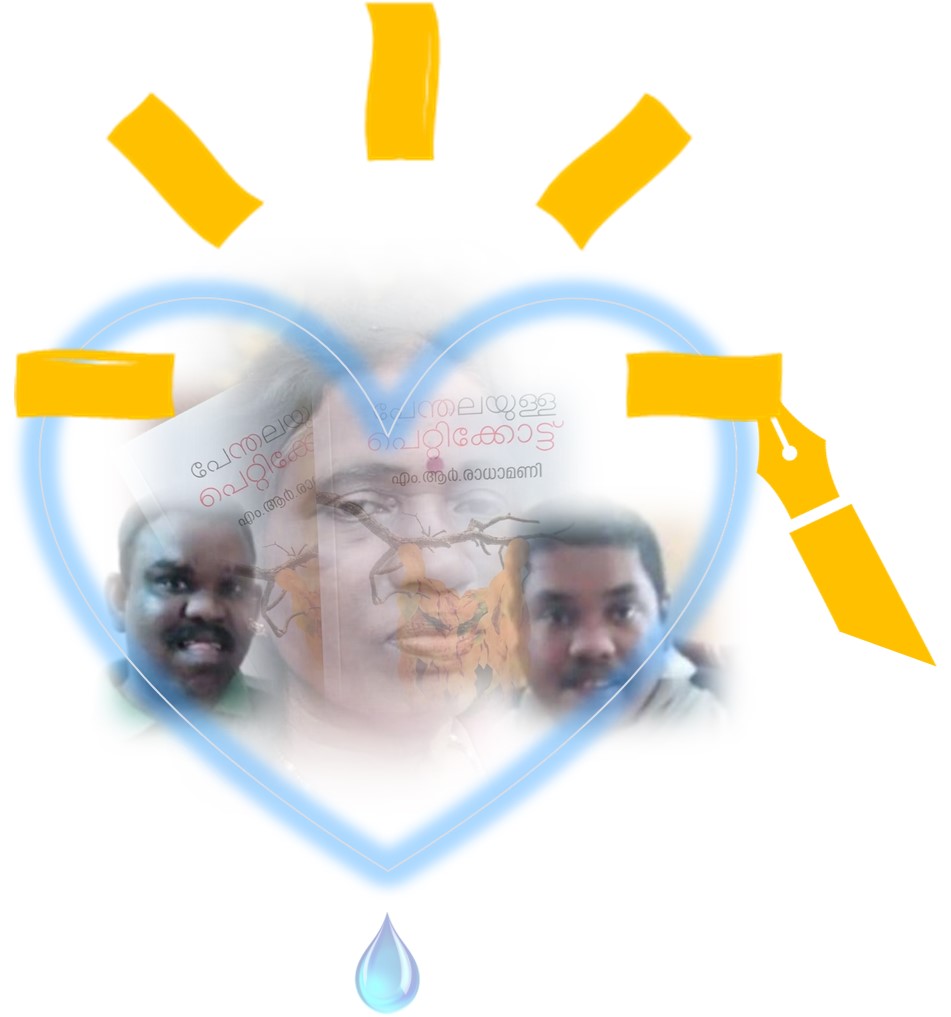
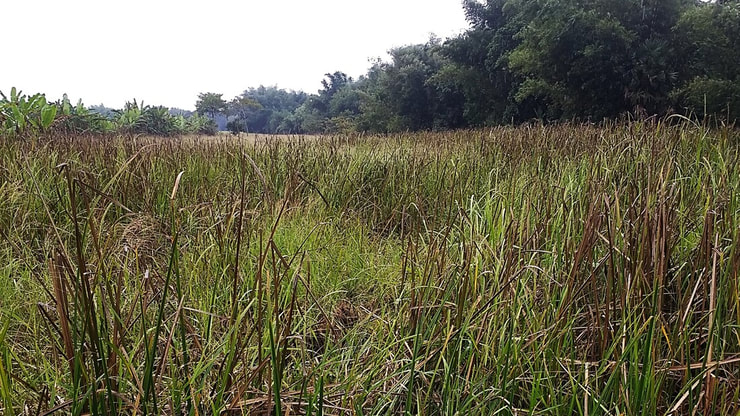

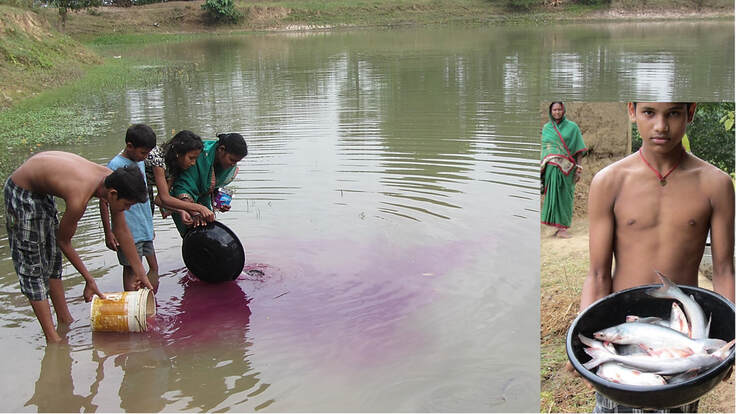
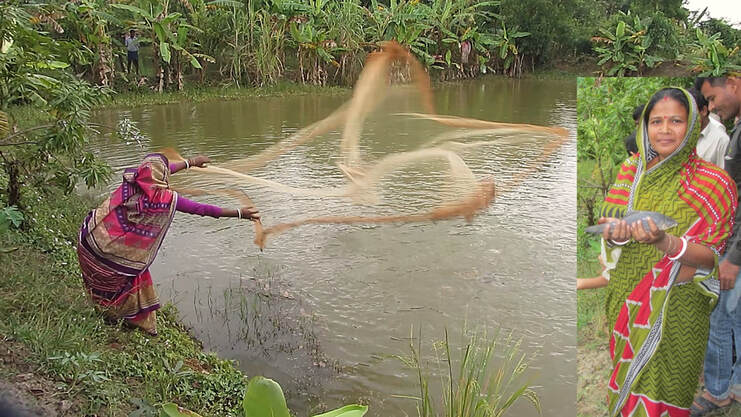
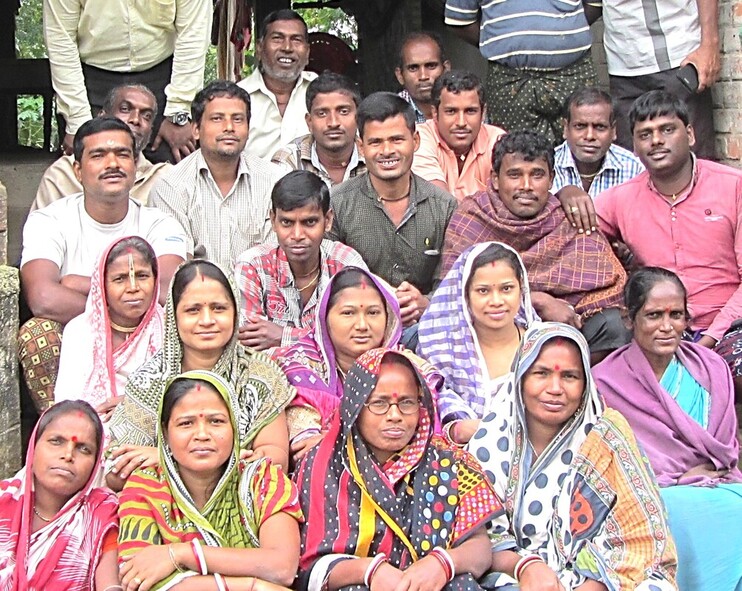
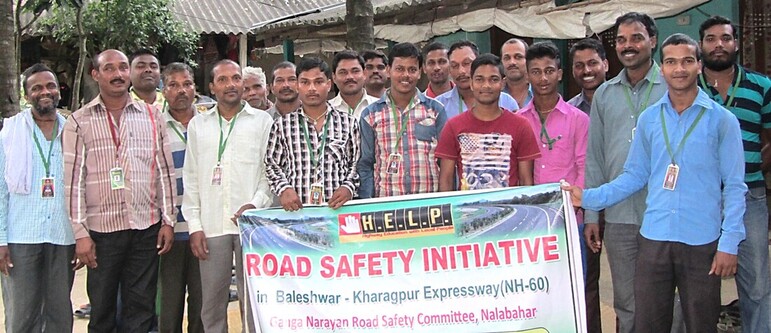
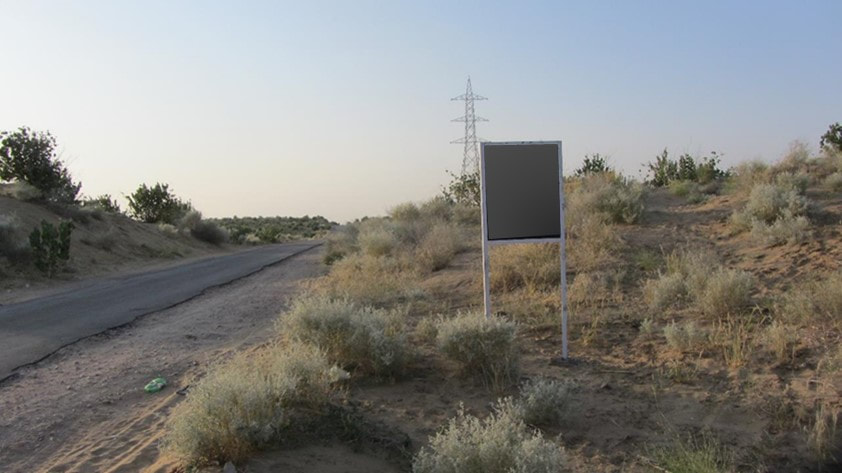
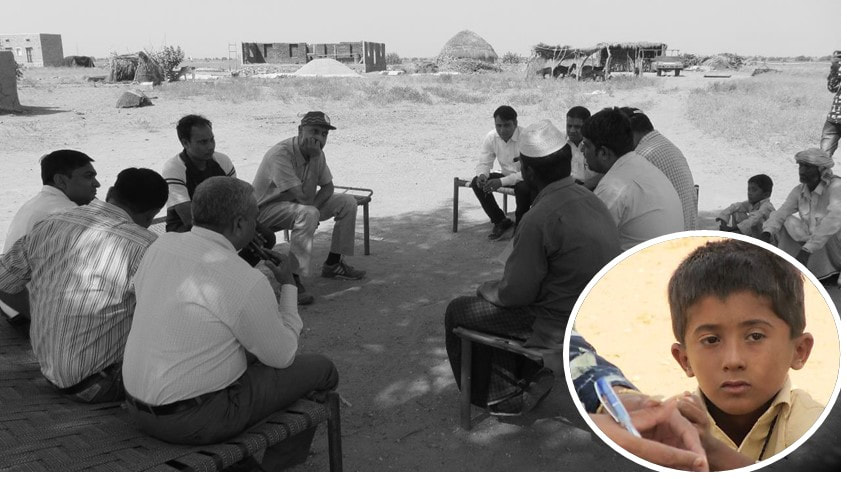
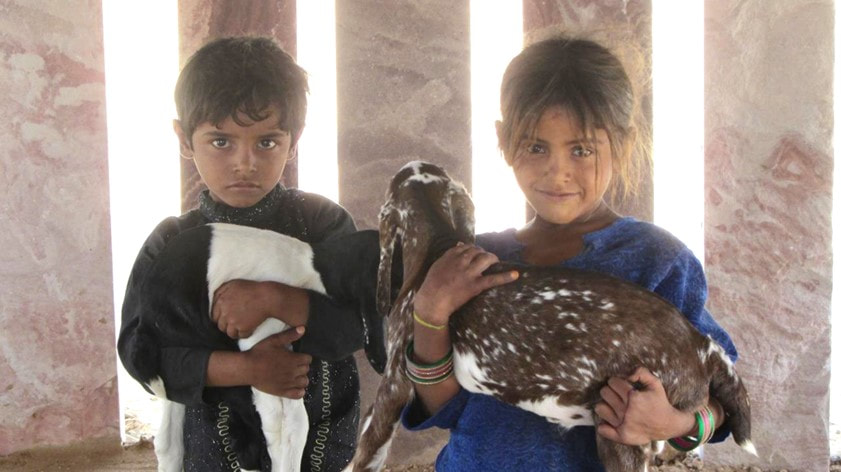
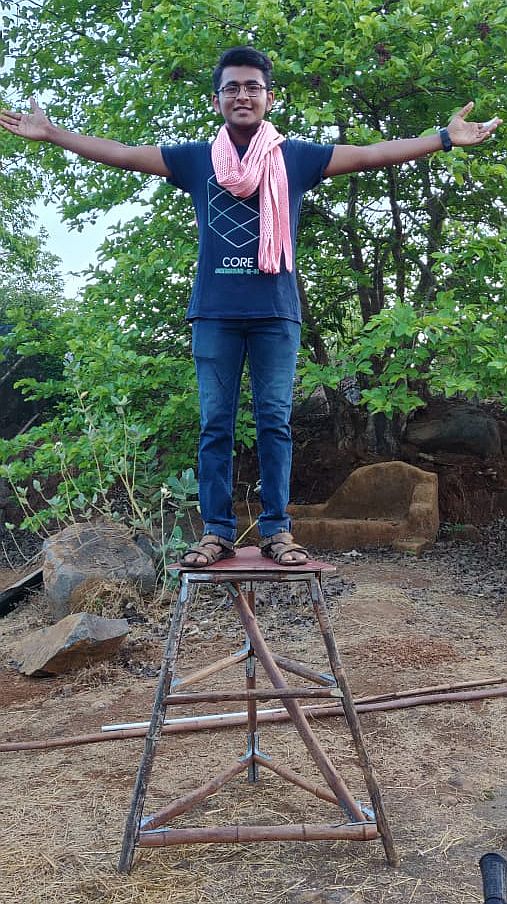
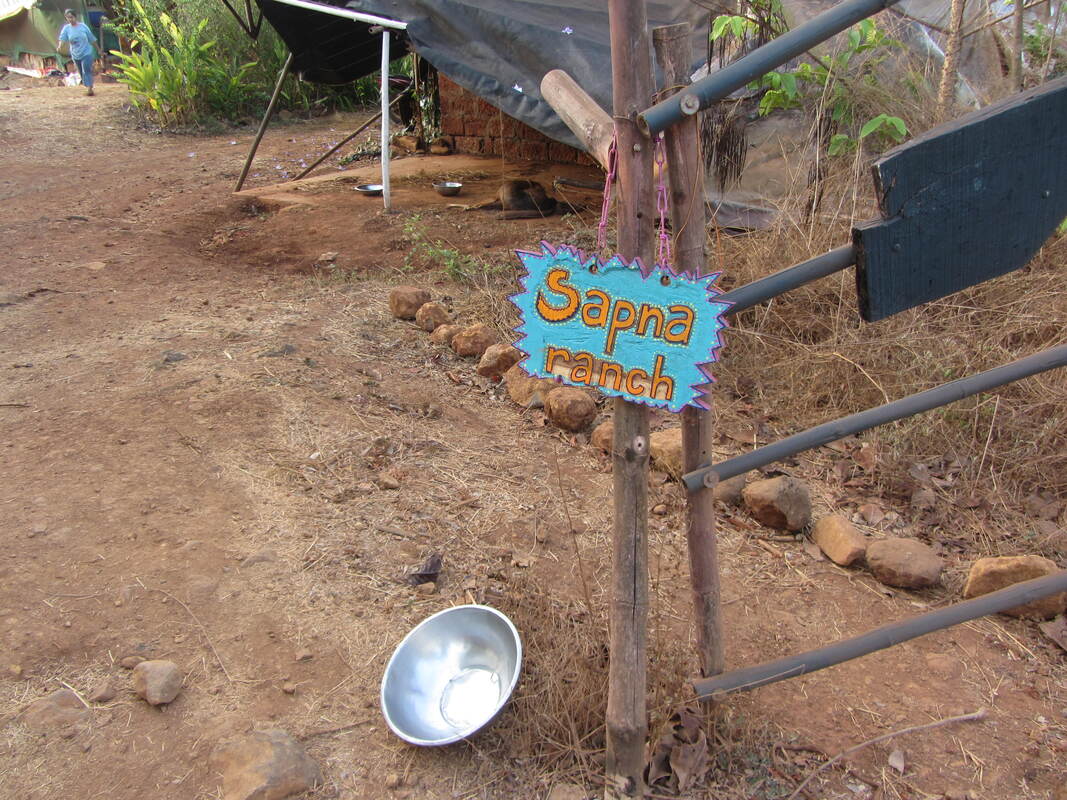
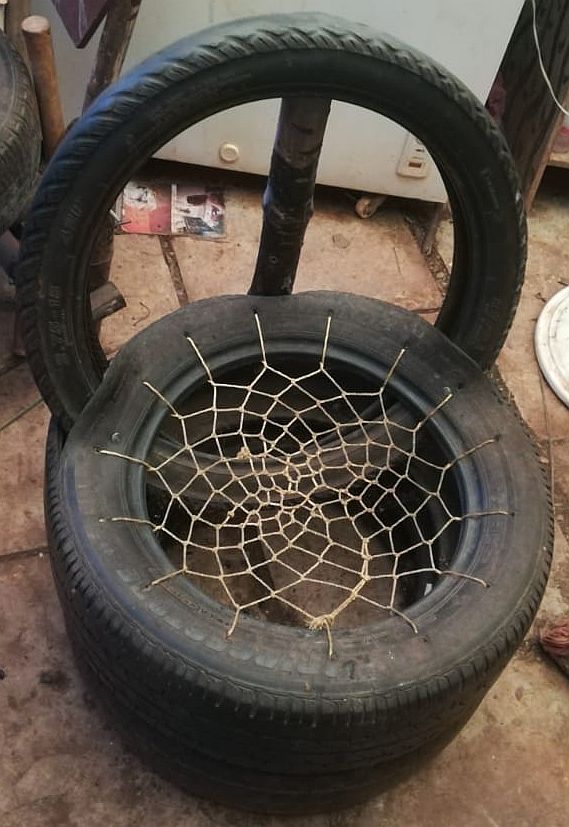
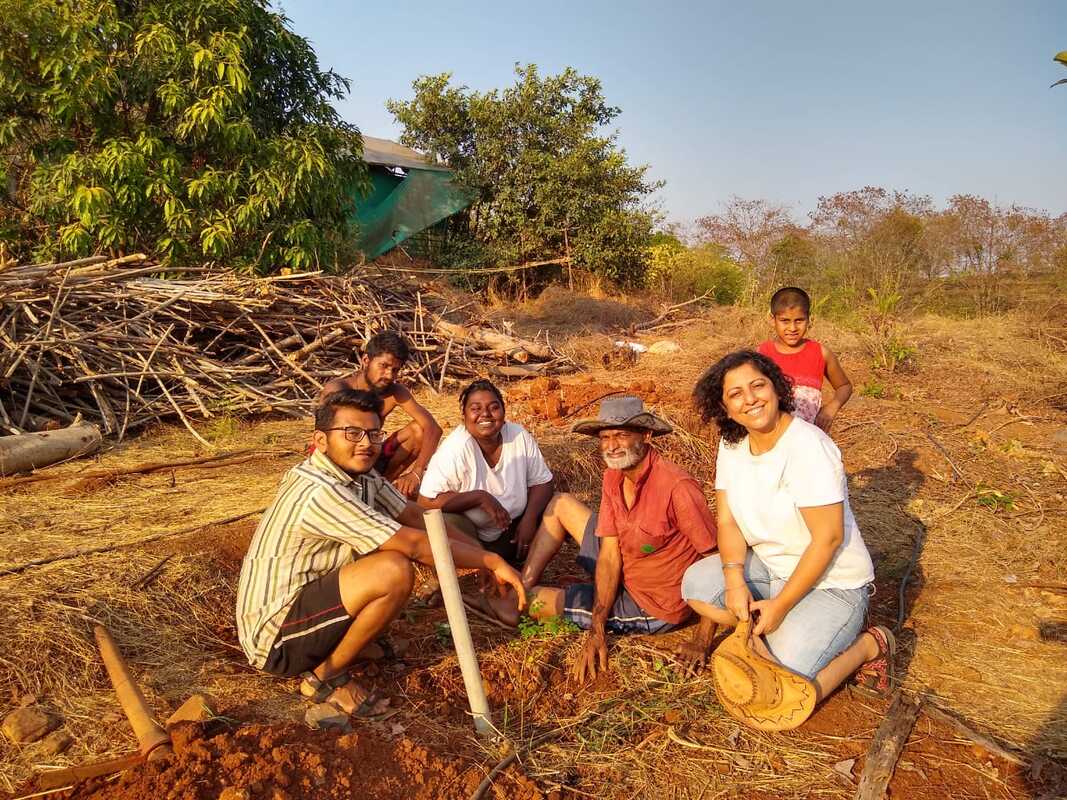



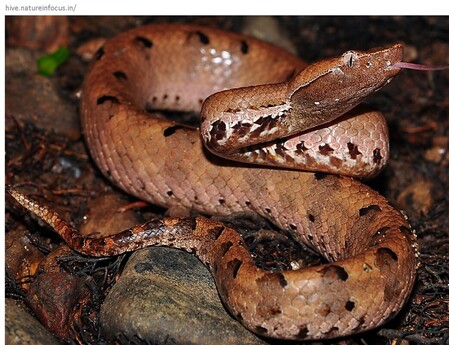
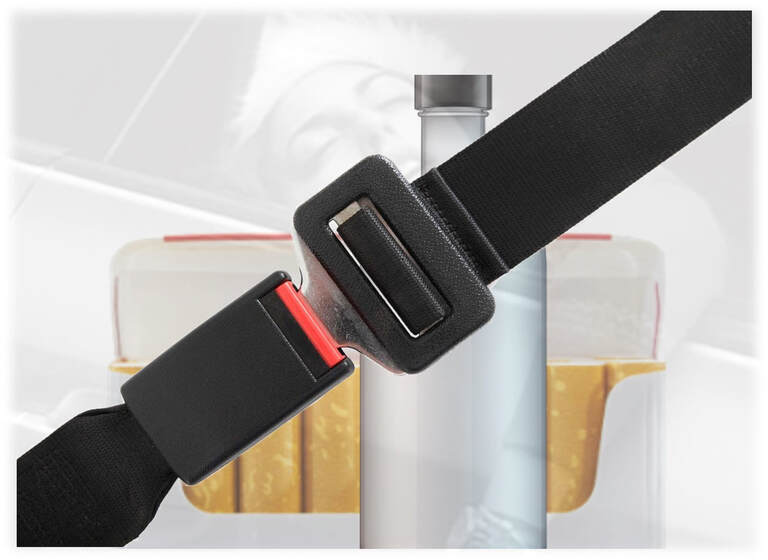
 RSS Feed
RSS Feed

